One of the biggest "eye openers" for me when looking to reconstitute my old WTC 3.5 was the miniaturization of so many of the components that are employed these days. Servo size being the biggest change. I've been out of the game for quite a few years. and the shrinking of receivers, servos, ESCs, etc. is frankly mind blowing. Thanks for the tutorial, David.
today's work
Collapse
X
-
-
-
David,
Your work and craftsmanship ceases to amaze me!
I am always amazed at the perfection that goes into your design and the perfection you put into your stern section and the control linkages! So clean and straight forward!
Rob
"Firemen can stand the heat"Comment
-
Successful salvage of Mike Bratley's sunk 1/48 Type-7 at the recent Groton event. Some fool had to go in after it!
Here I'm issuing the typical Diver-hand-signal, 'first dive of the day'.
David
The HorribleWho is John Galt?Comment
-
David - do we know what failed on that Arkmodel that caused the need to dive for it? Interested since I own one...Comment
-
Hey, Sam
The boat was trimmed just a tad heavy, and Mike was new to the helm.
He managed to nose that model under one of the water pipes that cress-cross the North Lake, a network that is fed from the nearby water processing shed.
The WTC was working fine. Loss was a simple 'entrapment' situation in about four feet of water.
Finding it was straightforward and easy: as I ducked my head underwater to listen, Mike would cycle the motors back and forth. I would move in any direction that made the noise louder to me. Before I knew it, it was right under me. Easy-peasy.
Mike bought it RTR from Nautilus Drydocks, but we opted to change out the original WTC with one of my two-motor 2.5 WTC's.
DavidWho is John Galt?Comment
-
Wow. Thanks David. I remember that piping and the shed... right side of the lake there, as I recall. I'm glad it was easily found. My Arkmodel will be sporting your twin motor WTC when it's ready to go.Comment
-
Yup. You can see the piping array if you Google Map the lake.
DavidWho is John Galt?Comment
-
Well... I'm just a little confused, the 'bad' receiver showed beside the WTC is in 72mhz , isn't 72 mhz only for aircraft frequency in Northern America?Well, my buddies little 1/96 BLUBACK r/c submarine is almost ready for trimming and sea-trials. All I have to do now is cut out and install some flotation foam in the hull -- an interim measure. Final amounts and location of the foam will be determined through experiment in the test-tank.
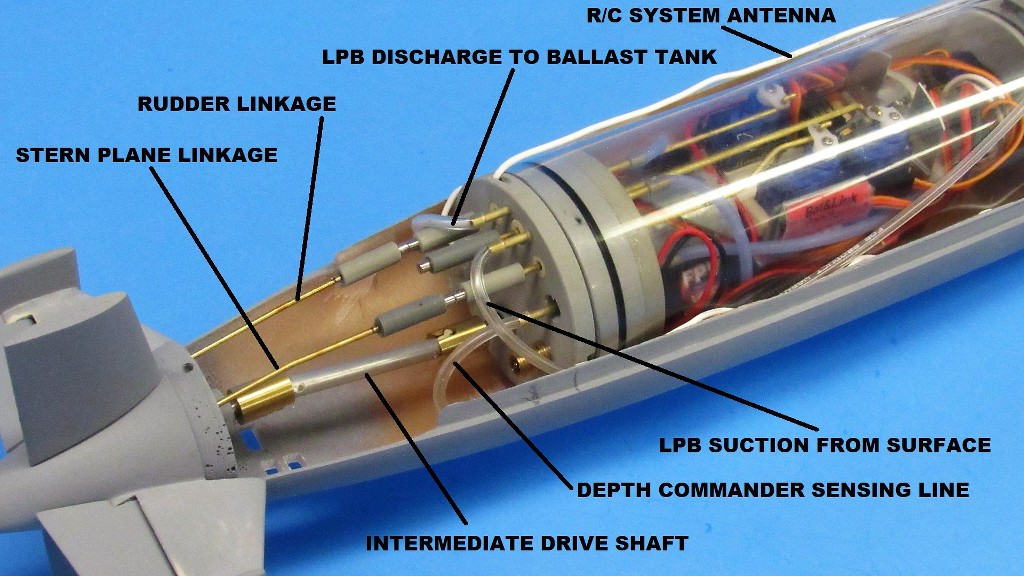
Note how the forward running leg of the sail-plane pushrod, situated within the top of the upper hull half, terminates aft in a magnet, which -- when the two hull halves are joined -- links to the center magnetic coupler projecting aft from the lower hull half WTC's motor-bulkhead.

With everything an operational model submarine must have aboard, a trial amount of fixed lead ballast weight in installed low and forward. The objective is to get the submarine to balance at its longitudinal center-point. For the smaller r/c submarines like this 1/96 BLUEBACK, about a pound of fixed ballast weight is a good starting point.
Ideally the center of the ballast tank is also at the c.g. -- that situation desired but not absolutely required.
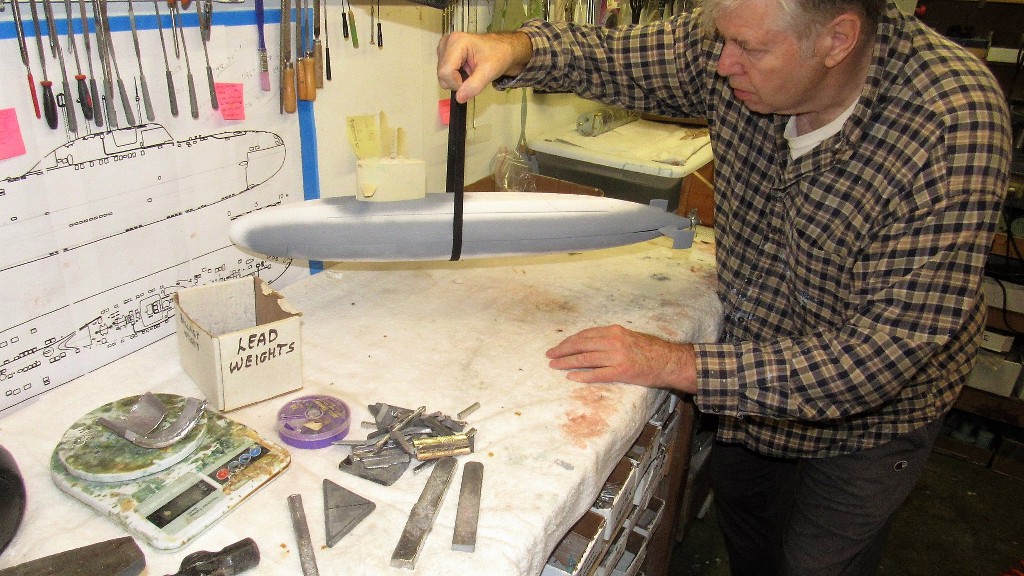
The fixed lead ballast weights are there to position the vehicles longitudinal c.g. at the center of the hull, and to place the center of mass as low in the hull as possible. The c.g. at the boats center assures reasonable maneuverability; that mass low in the hull also makes the boat statically stable about the roll axis.
Most submarines have no active means of managing stability about the roll axis. Therefor the boat has to be statically stable in roll. The magnitude of the righting force is contingent on the vertical distance between the vehicles c.g. and center of buoyancy; the greater the distance between those two points of force, the more stable the boat becomes about the roll axis.
Should there not be enough fixed ballast weight, and enough buoyant foam to counter that weight, the distance between those two points of force will be too short and will not have the moment arm required to right the boat from a roll in a timely manner.
Experience has taught me that so much weight in the bow demands a great deal of buoyant foam up forward.
I turned this foam piece on the lathe, its shape conforming to the geometry within the bow.

A blank of dense, closed-cell foam was cut out on the bandsaw and mounted to the face-turning plate of my Taig lathe. The eventual shape of this piece insured by use of a cardboard template that represented the inside of the model submarines bow.
In background you see the upper hull half of the 1/96 BLUEBACK model. Note how the bow plane pushrod runs from the sail back to where its magnetic coupler eventually makes up to the bow plane servo linkage when the two hull halves are assembled. Also seen to good advantage here are the many 'capture lips' that work to hold the two hull halves in tight registration with one another when assembled.
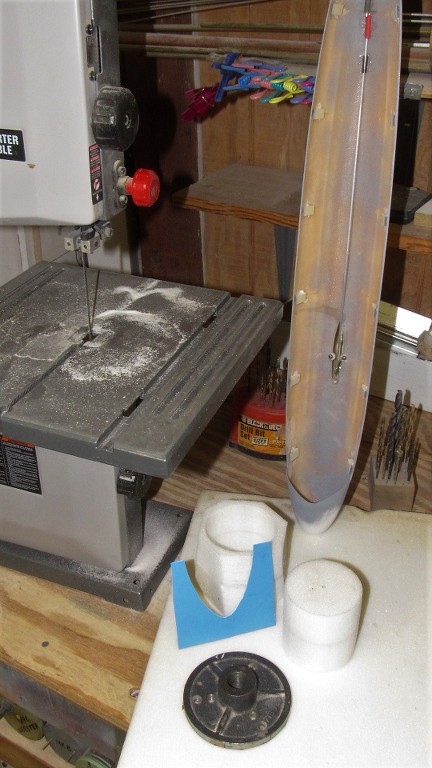
Turning the foam bow piece on the lathe. Note that I'm not using the X and Y drives of the cross-slide to cut the foam. Instead, I'm using the long shank of a tool to serve as a tool-rest for some hand-cutting of the work as its brought up to speed. Caveman, yes, but this method made the work go a lot quicker than if I had elected to drive the cross-slide around with the cranks. You can get away with such an expedient if the stuff you're turning is soft, like this foam, and no shop Supervisor screaming that you're 'unsafe' and a bad example to the other drones.
(Thank God OSHA's agents have never goose-stepped across my shop floor. Oh, oh... did I just put myself on their radar?! **** 'em).

From the day I integrated all the servos, speed controller (ESC), battery eliminator circuit (BEC), low pressure blower (LPB), r/c receiver, and the specialized devices produced by KME I was plagued by a twitching problem when I turned off the transmitter -- something was getting RF junk to the receiver decoder outputs; all mechanical devices (motor, servos, LPB) would dance around crazily and would only stop and resume normal operation once the transmitted signal was once again sent. I don't have the smarts or equipment to signal-trace, so I embarked on a week's long march to swap out components with ones I knew worked. All that effort in the hope that my Easter-egging would find the culprit of this 'glitching'. And I eventually succeeded. The bad guy was... thank you, Murphy!... the last thing I swapped out: the r/c receiver itself!
A new receiver installed, everything working as it should, I finished setup on the BLM and that got me the fail-safe throw and delay I wanted for this model submarine. Sometimes you guess right. Sometimes you don't. This was one of those 'don't' times.
(If I had access to a Terminator sized hydraulic press that bum receiver would have been reduced to a smoking, wafer thin Frisbee by now!).
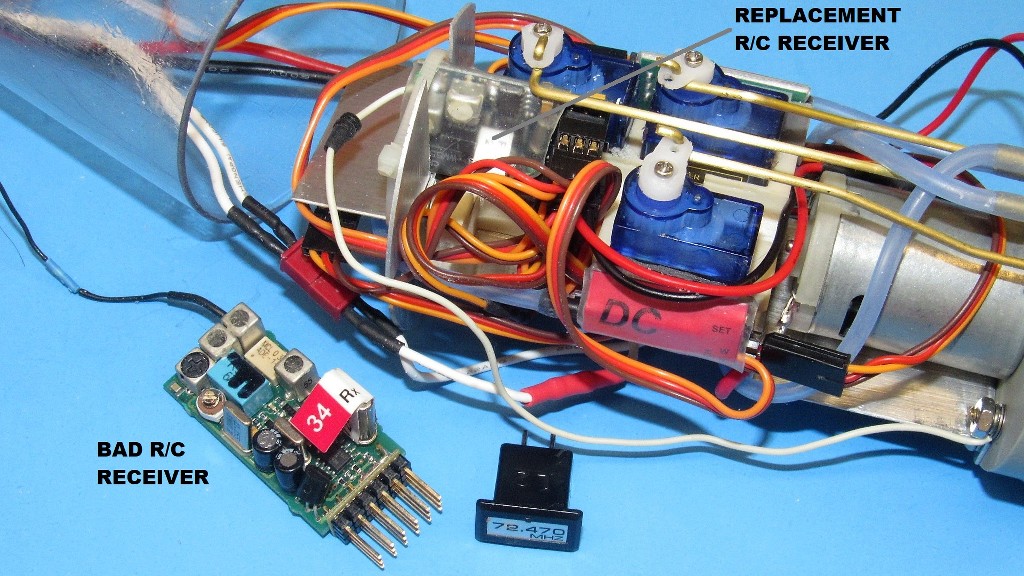
After installing the new receiver, I had to once again run through the rather complicated protocol of setting up the Battery Link Monitor perimeters. That single, relatively small device performs the function of battery monitoring; it also will command the ballast sub-system to blow the ballast tank if the r/c signal is lost or a low voltage condition exist on the main bus; and informs you of how many 'loss of signal' events occurred during the last run.
The BLM isn't you grand-daddy's fail-safe... no sirree Bob! It's that and so much more. But, because of its multi-function design, setup is an exacting and most frustrating experience. Yet the instructions are not to blame as they are clear and methodical. But! You have to follow those instructions to the letter, or you won't get the results desired.
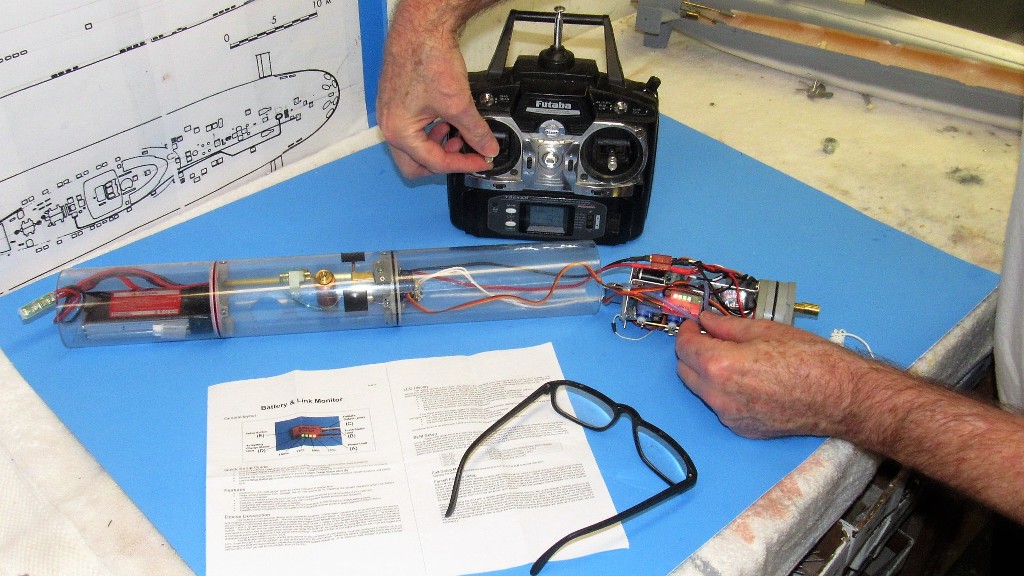
The KME Depth Cruiser (DC) device automatically positions the model submarines bow or sail planes to maintain the last depth ordered from the transmitter. It measures the hydrostatic pressure at the keep level of the submarine and works to autonomously drive the planes to keep the submarine at that depth. However, for the device to work its pressure sensing pick-up point (on this model in the form of a brass intake tube glued to the bottom of the hull) has to be well forward of the vessels center of gravity. A length of flexible hose runs aft to the WTC's motor-bulkhead where it terminates in a brass nipple. On the dry side of that nipple, within the WTC, a shorter length of flexible hoses connects sea pressure to the DC's pressure transducer.
You can turn the DC on/off from the transmitter. When off you have direct control of the planes. When 'on' you still drive the planes from the transmitter, but once you put the stick to neutral, the DC remembers the depth there and takes over the planes to keep the boat at that depth.
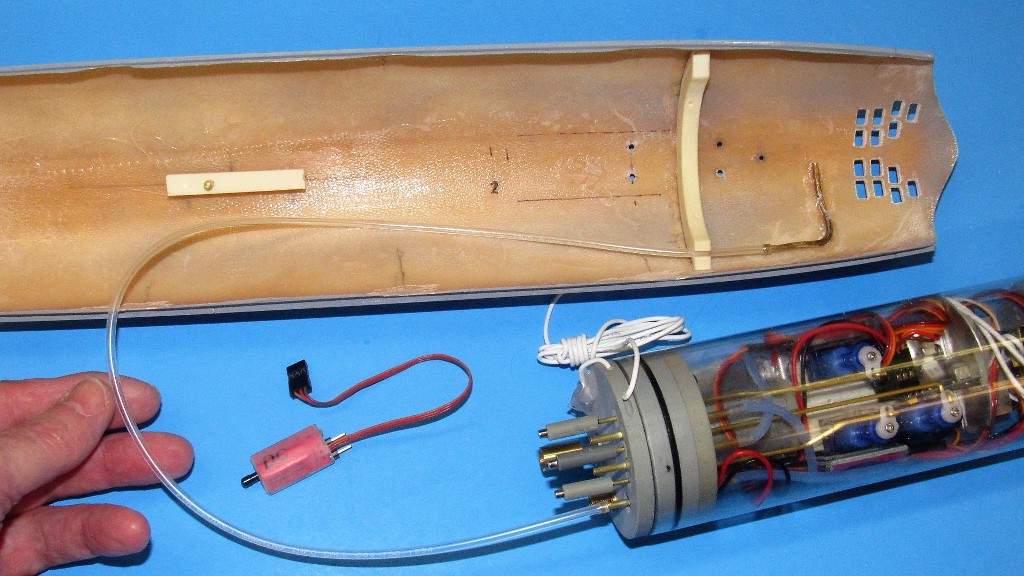
A water filled length of flexible hose was used to verify the sensitivity of the DC as well as to affirm that the sail planes would travel in the appropriate direction as a consequence of a change in depth. Just 1/4-inch of vertical travel of the water column gave me either full rise, or full dive on the planes.
Impressive!... MOST impressive!
With an angle-keeper working the stern planes, and the DC working the bow/sail planes, a well-trimmed submerged submarine model is hands-off as far as depth management is concerned, all you have to do is steer. A most remarkable gadget. And setup is easy.
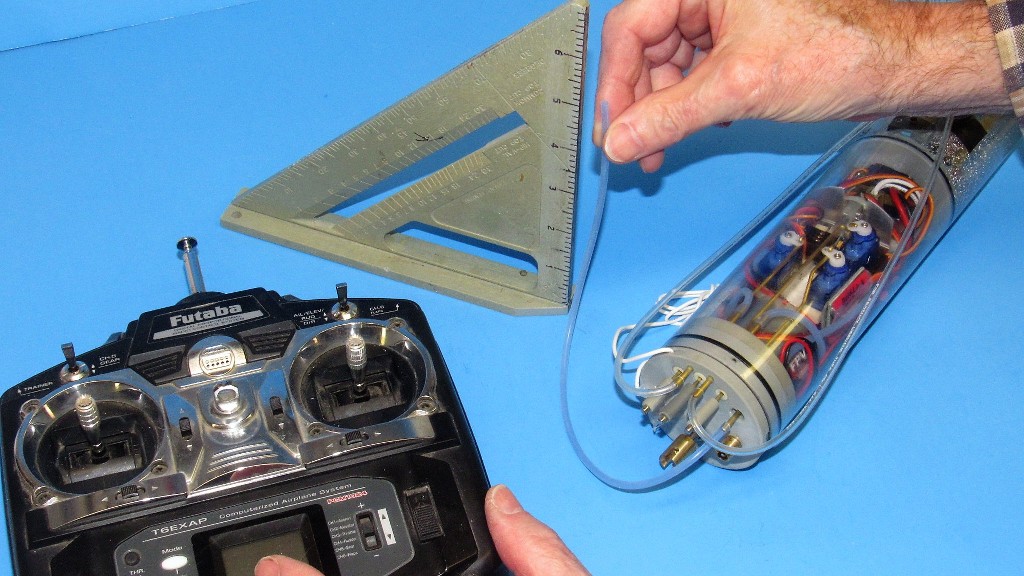
With all WTC sub-systems running properly time had come to test the Lexan cylinder, seals, and bulkheads for water tightness. The equalization core valve (a common tire-valve) was removed, and a length of flexible hose made up so I could blow air into the WTC -- the slight over-pressure within the WTC would cause bubbles of air to escape from any leak points. The bulkhead O-rings and pushrod seals are the usual culprits when it comes to leaks, but I'm glad to report that the first tightness test was successful. I then moved onto a function test of the submerged WTC.

The transmitter and WTC were turned on and the WTC submerged in the test tank. The ballast tank was vented, flooding it.
First, the 'normal blow' as commanded from the transmitter. The end-point adjustment had been made to the transmitter so that the ballast sub-system servo traveled only enough to turn the LPB motor on. The OPB pushing compressed surface air into the 'soft' ballast tanking blowing the tank dry.
(It's called a 'soft' ballast tank as it does not see much of a differential pressure between its interior and the outside environment because it is always open to sea through two large flood-drain holes at its bottom).
Next, operation of the 'emergency blow' function was tested by turning off the transmitter -- representing a loss-of-signal to the WTC's receiver -- which caused the BLM (acting in fail-safe mode) to position the ballast sub-system servo to full travel, which not only switched on the LPB (which would be useless as its air induction intake would likely be well underwater in a real-life situation), but also engaged the emergency blow valve, releasing propellant gas into the ballast tank to blow it dry.
All checks and test completed to my satisfaction; the WTC was certified for use aboard the BLUEBACK.
Now to trim the entire assembly for proper surfaced and submerged trim.
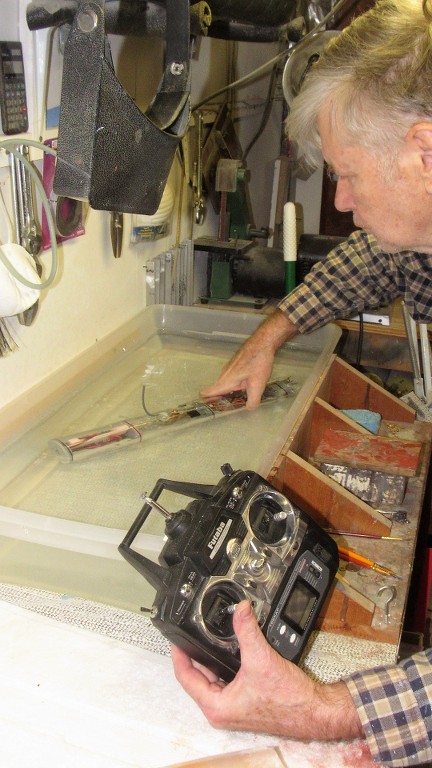
Athough I have 7 WFLY 72 mhz dual conversion receivers (6 PCM 9 channel & 1 PPM 8 channel) and I do not need them anymore, which could be perfectly matched with WFLY WFT08X transmitters...
V
Comment
-
Comment
-
Comment
-
-
Comment


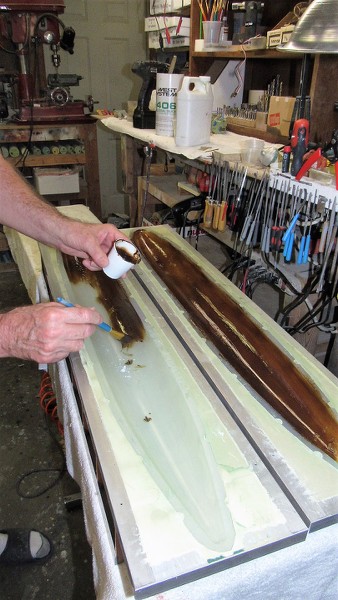
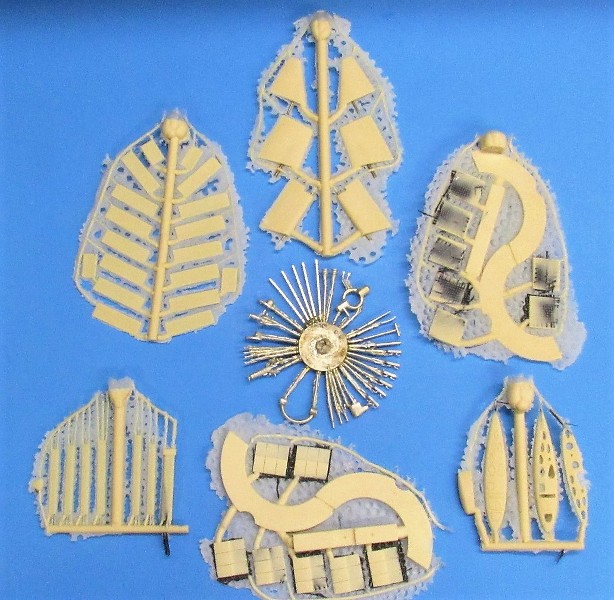

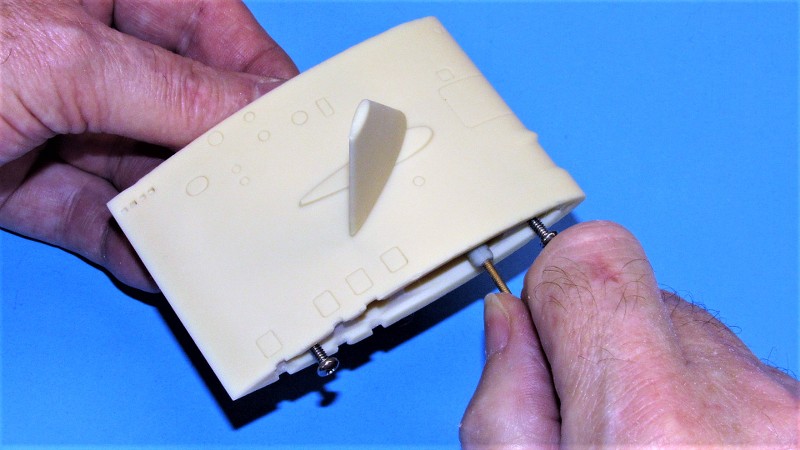
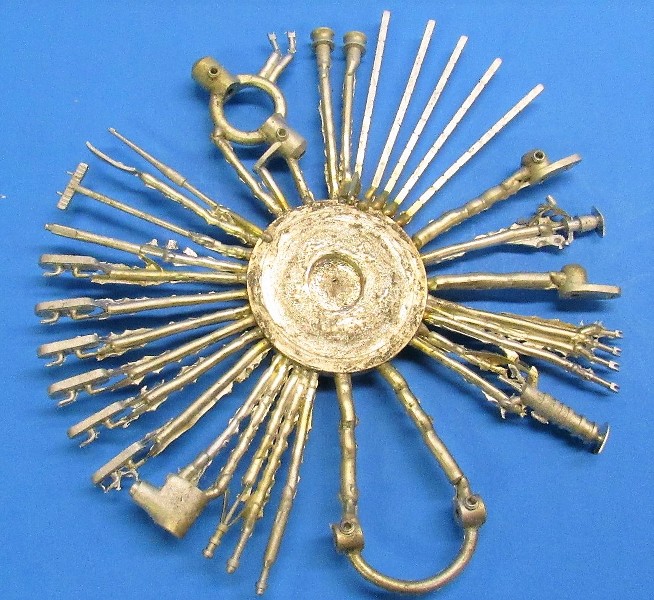
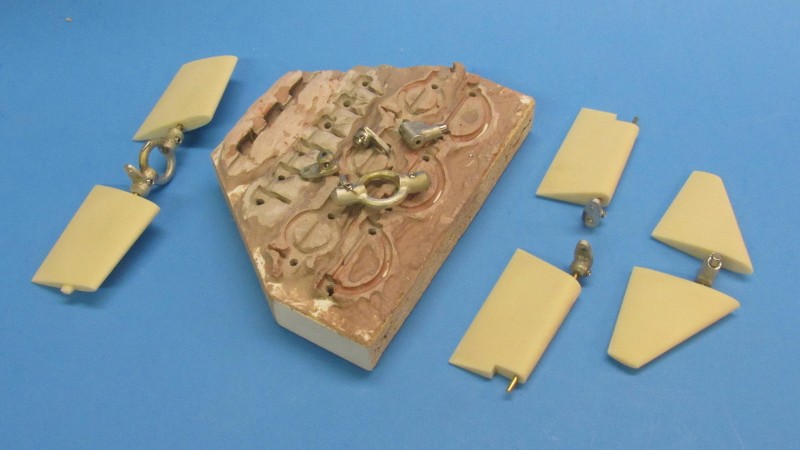

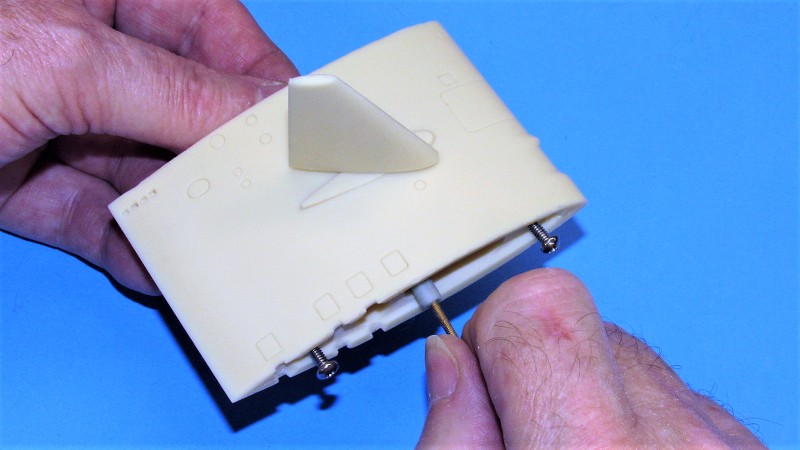
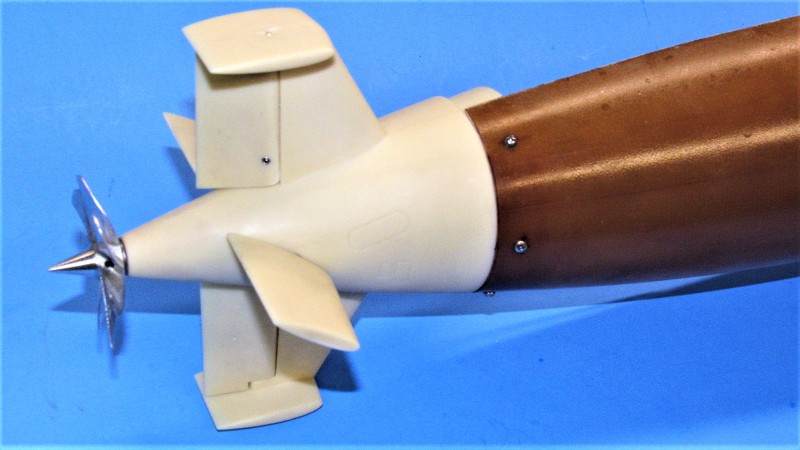
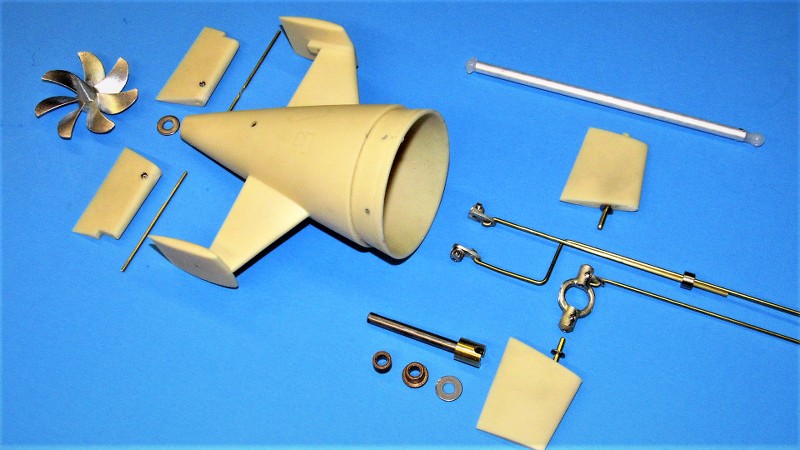
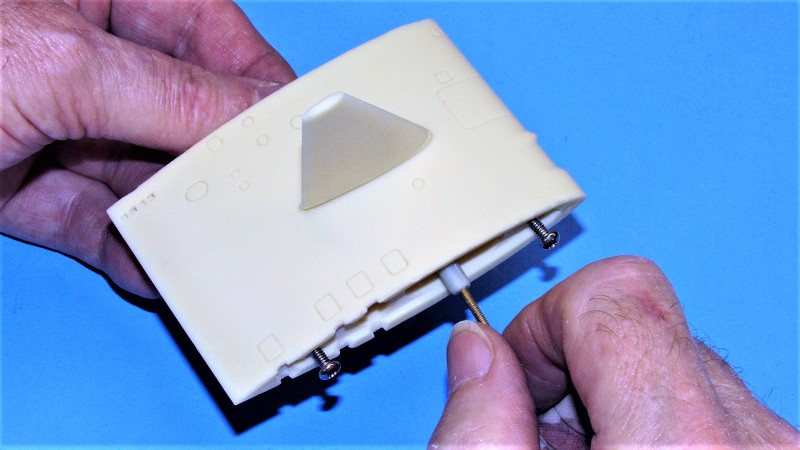

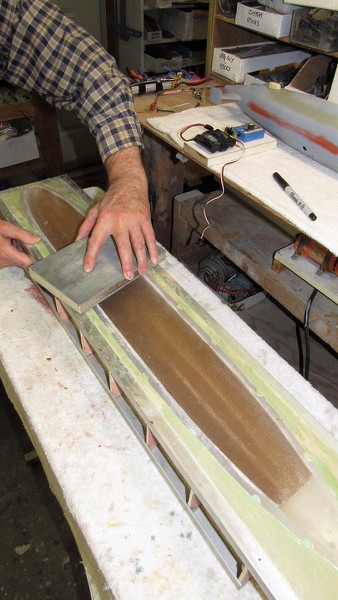
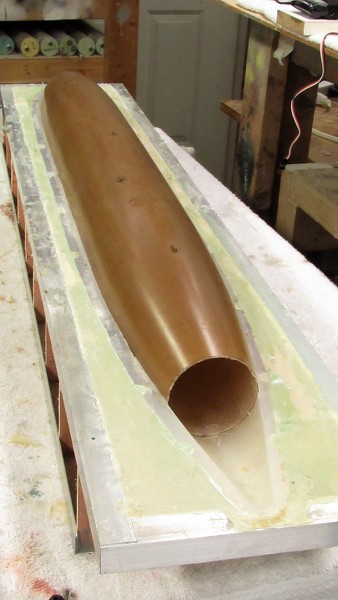
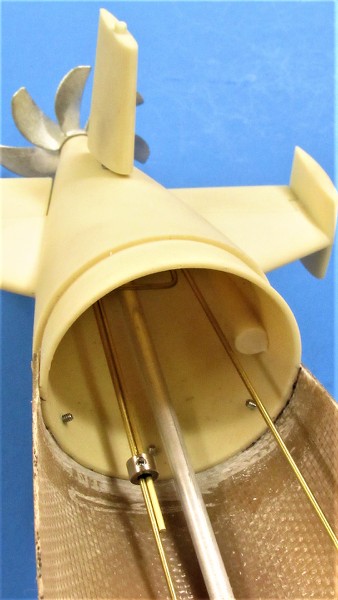
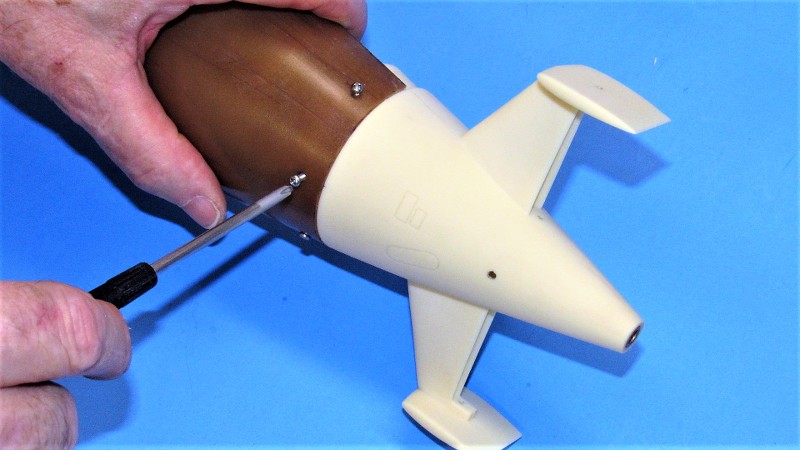
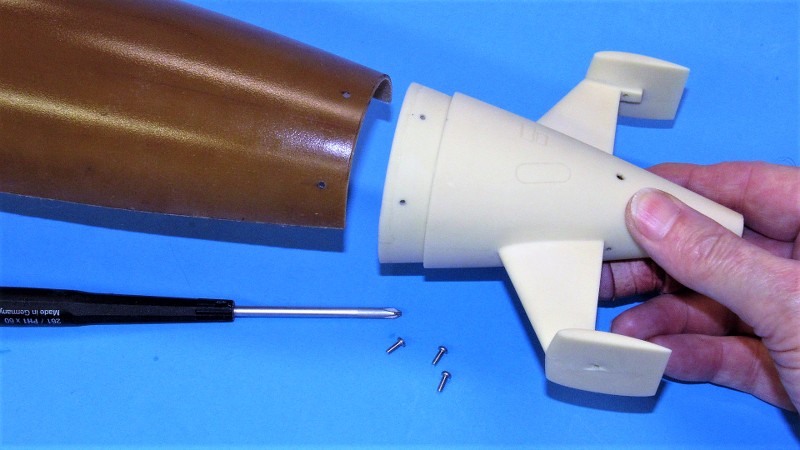
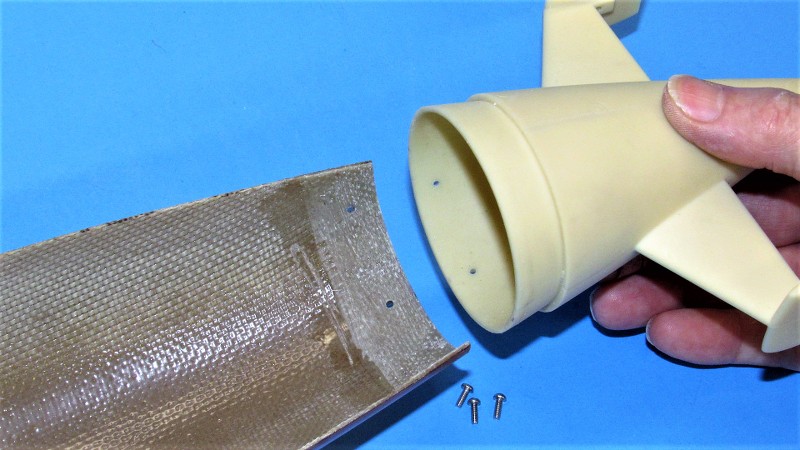
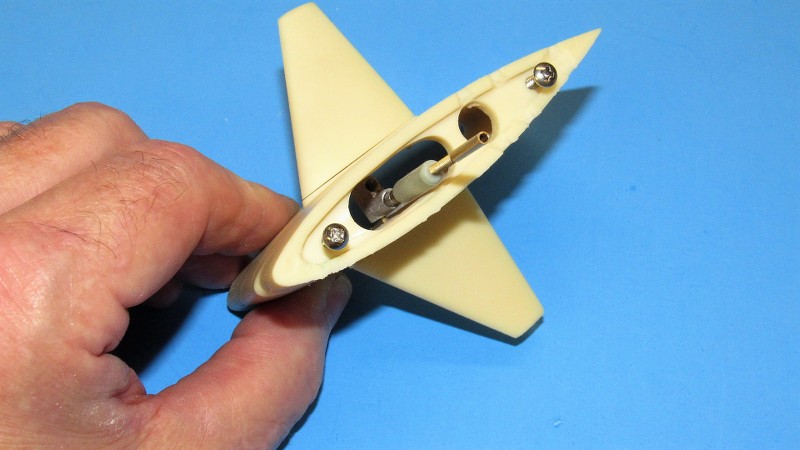
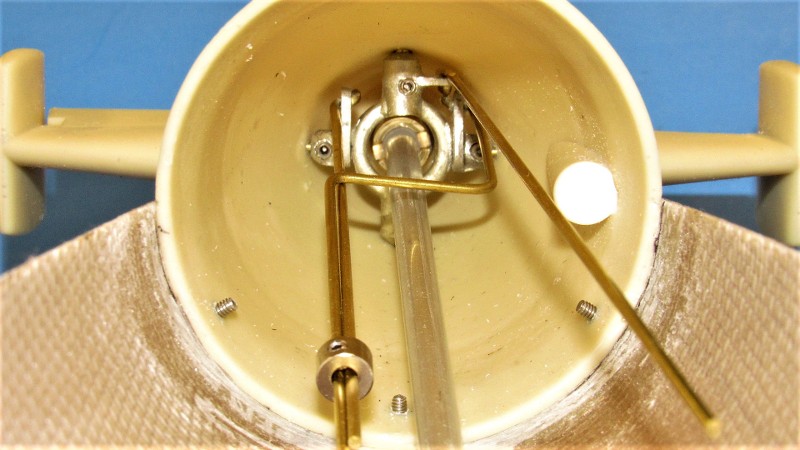
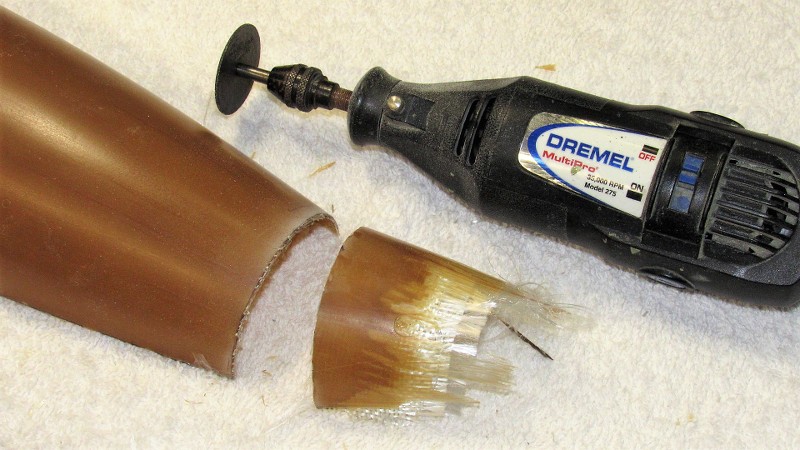
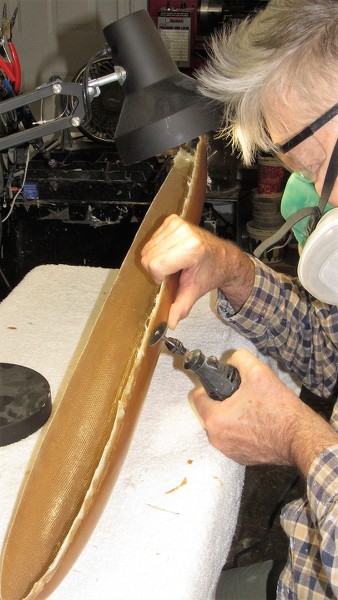



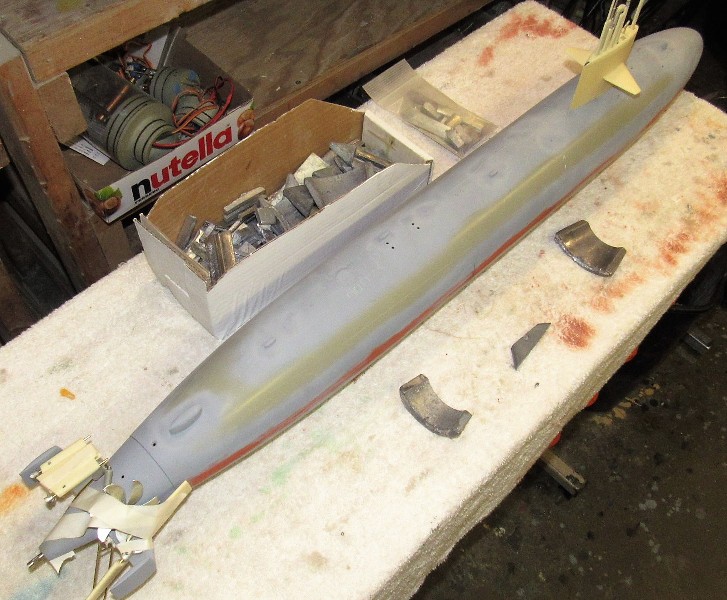
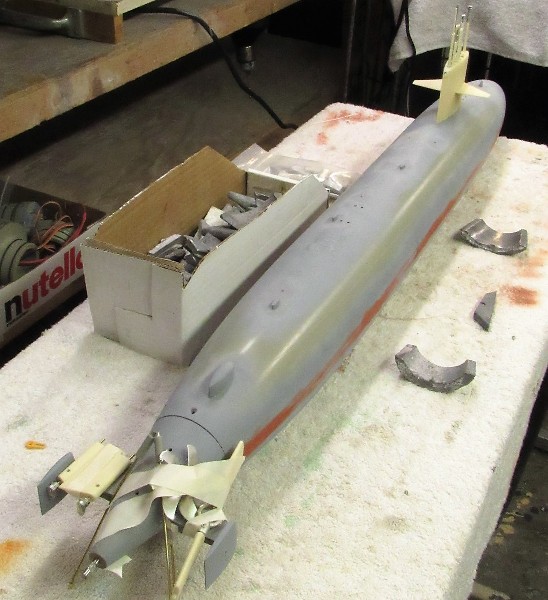


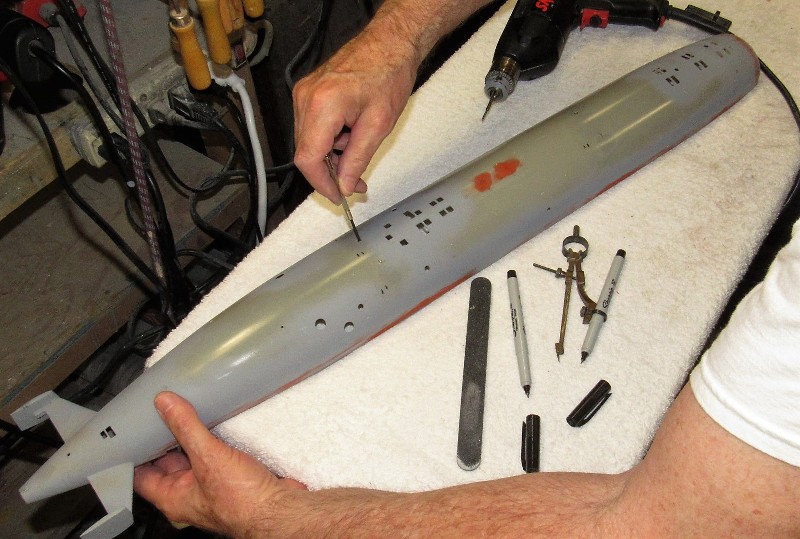
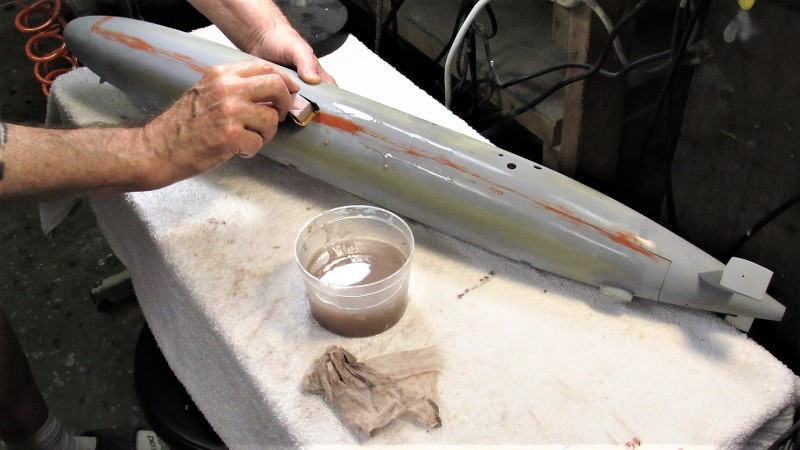
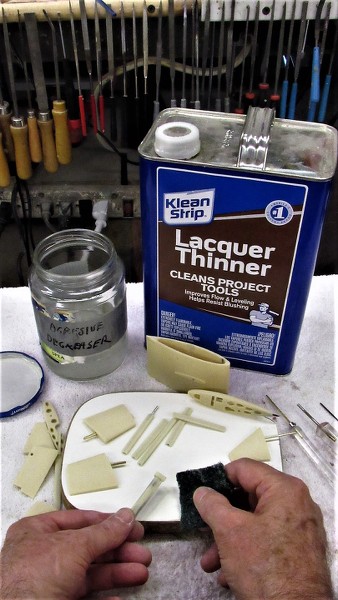
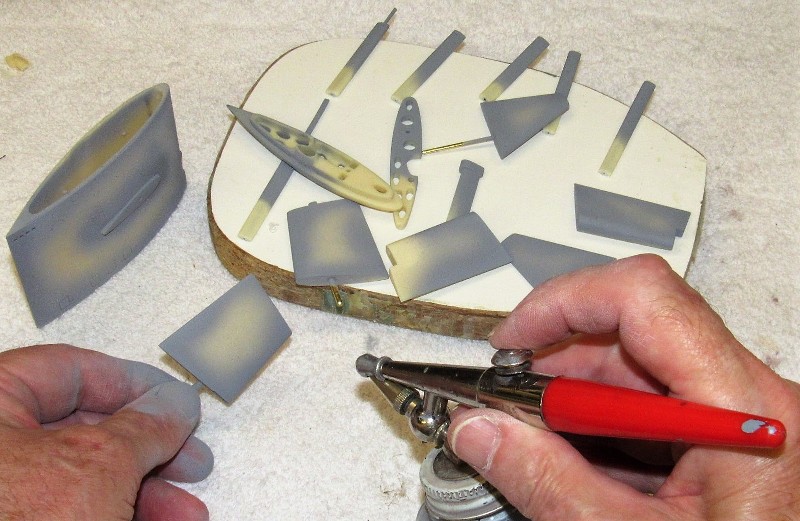
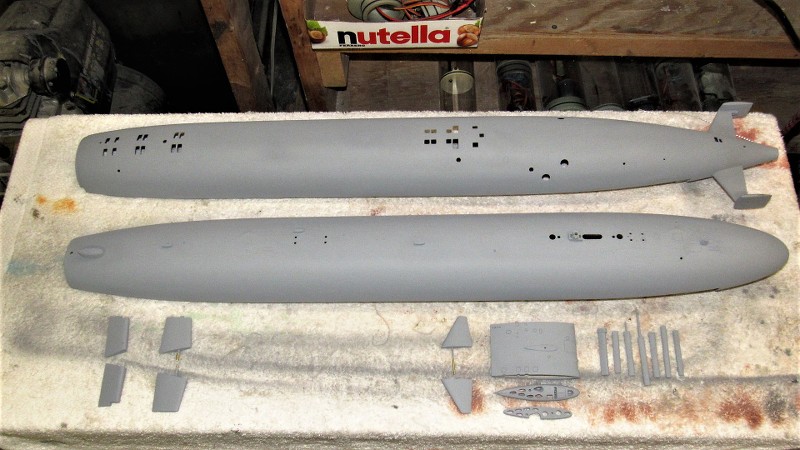

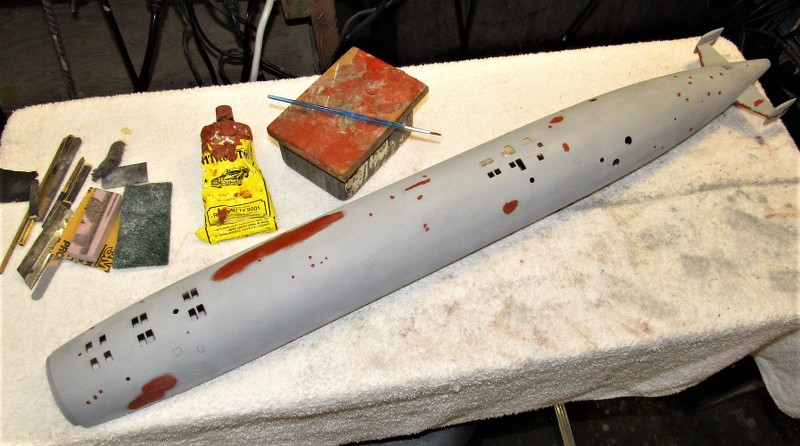

Comment